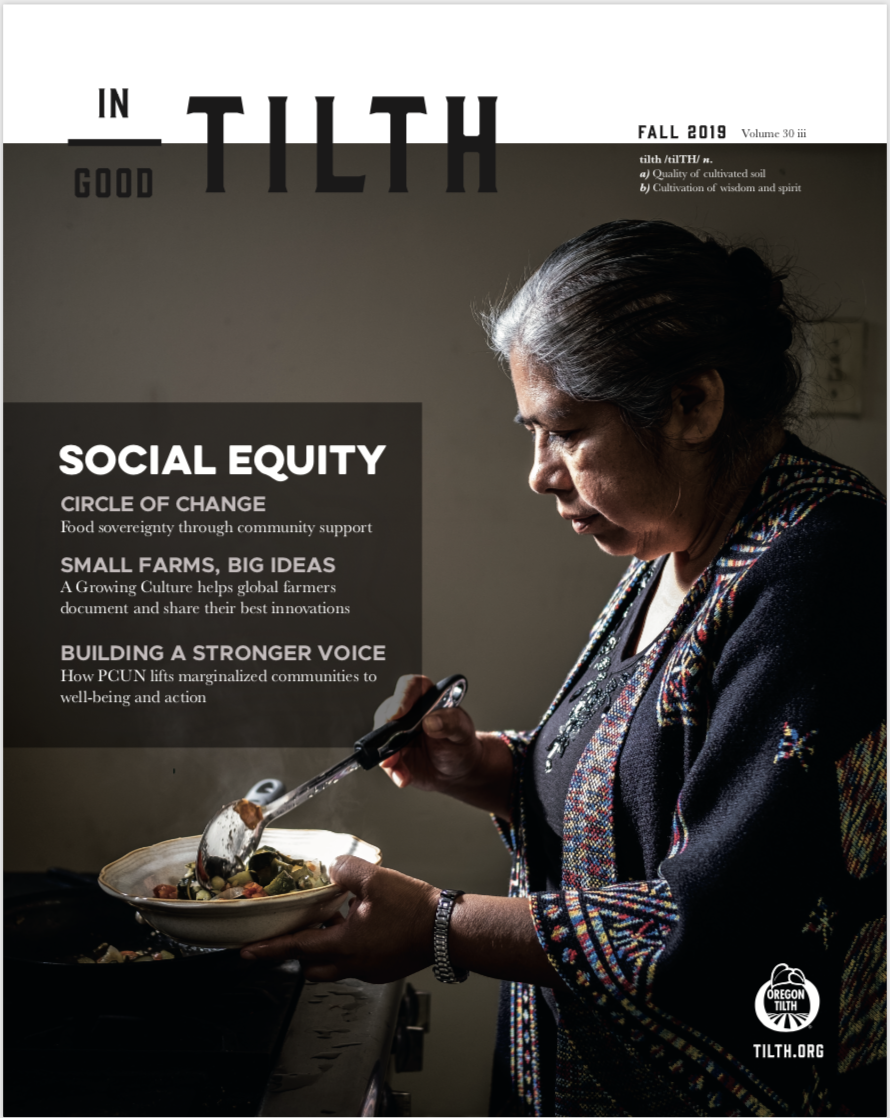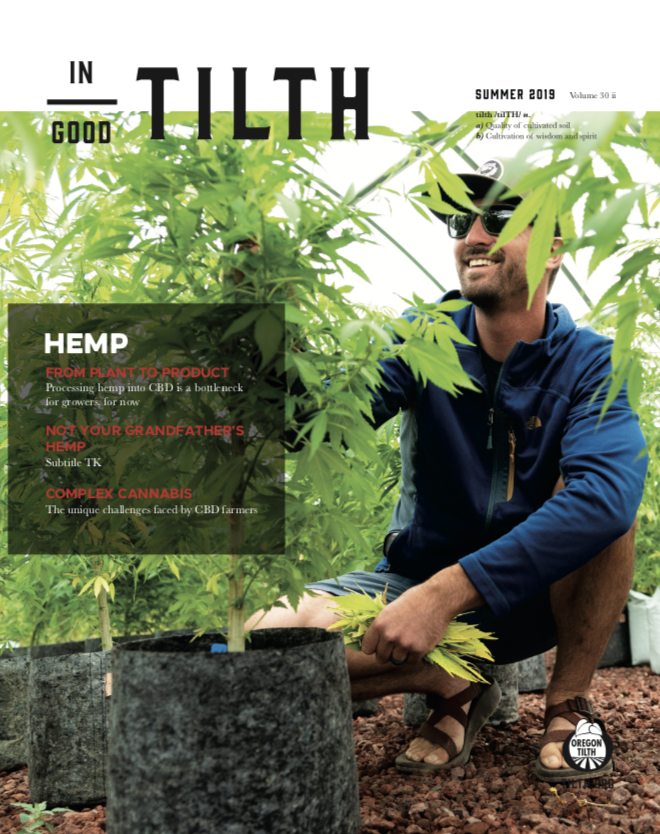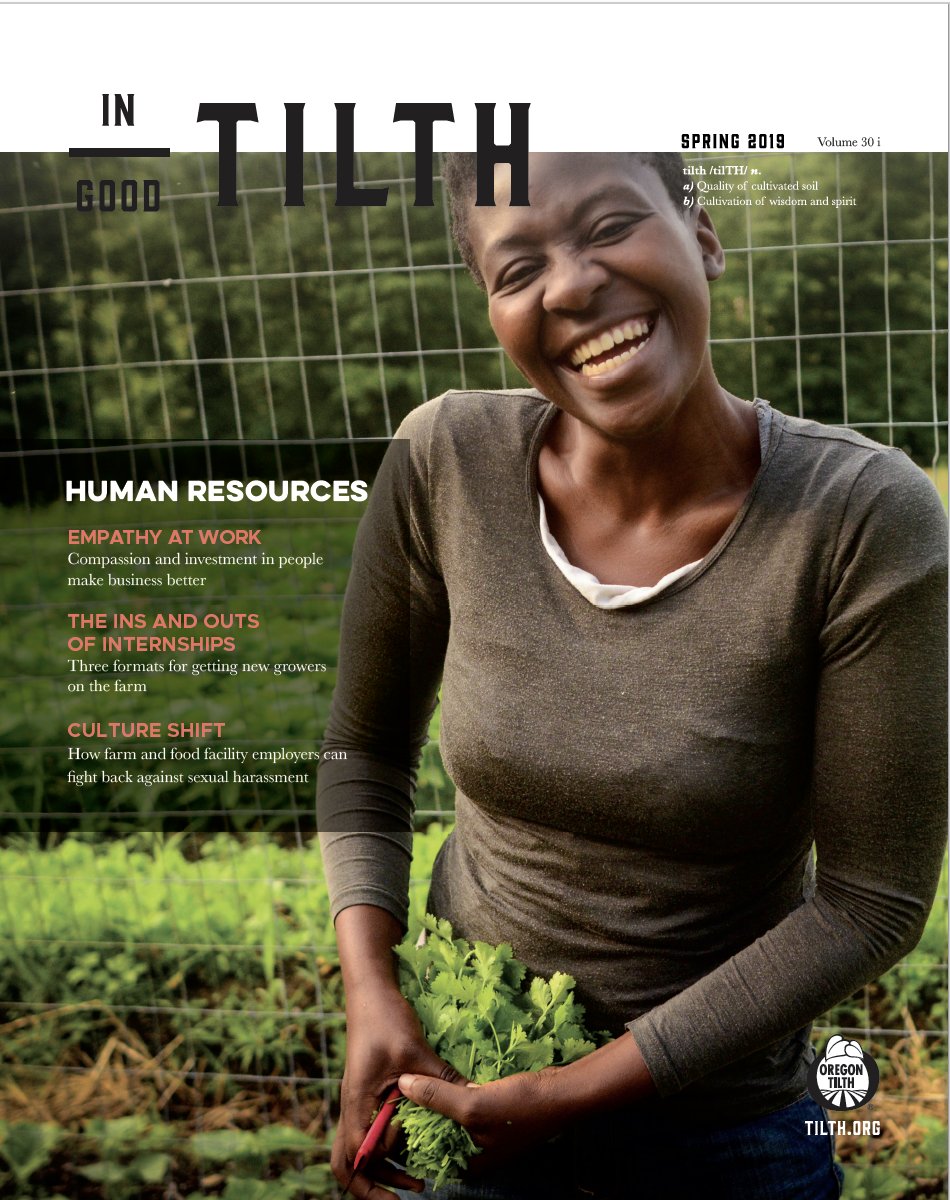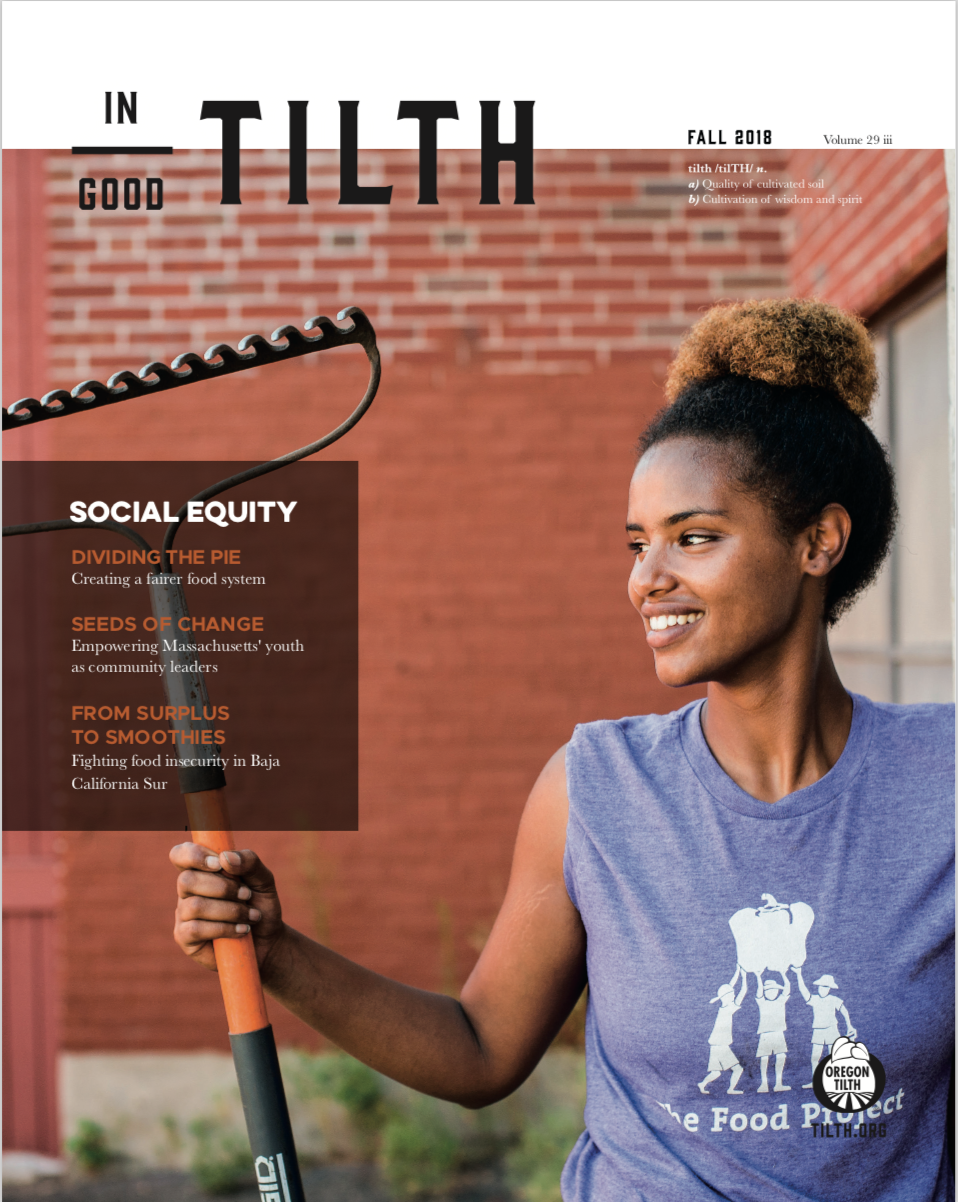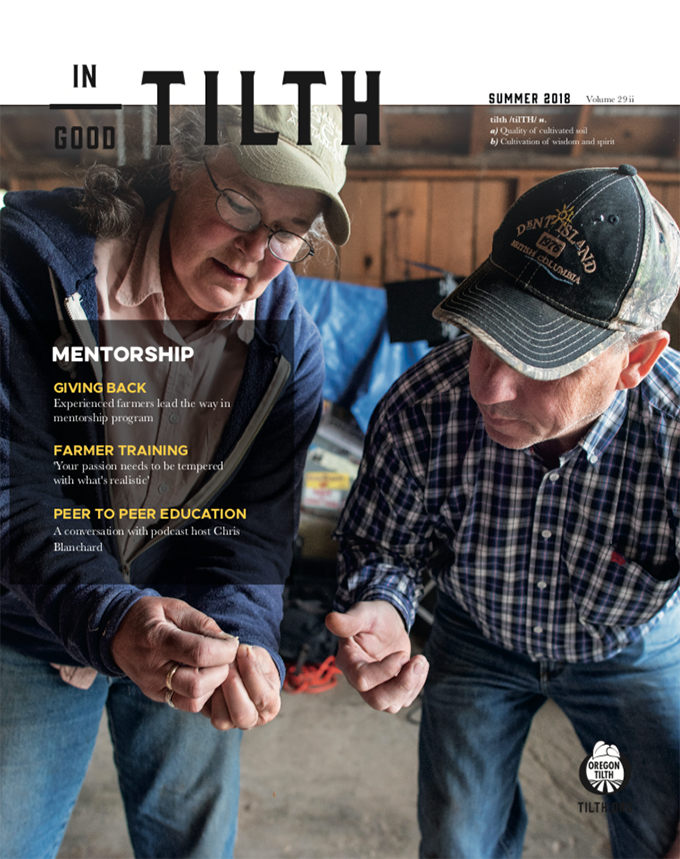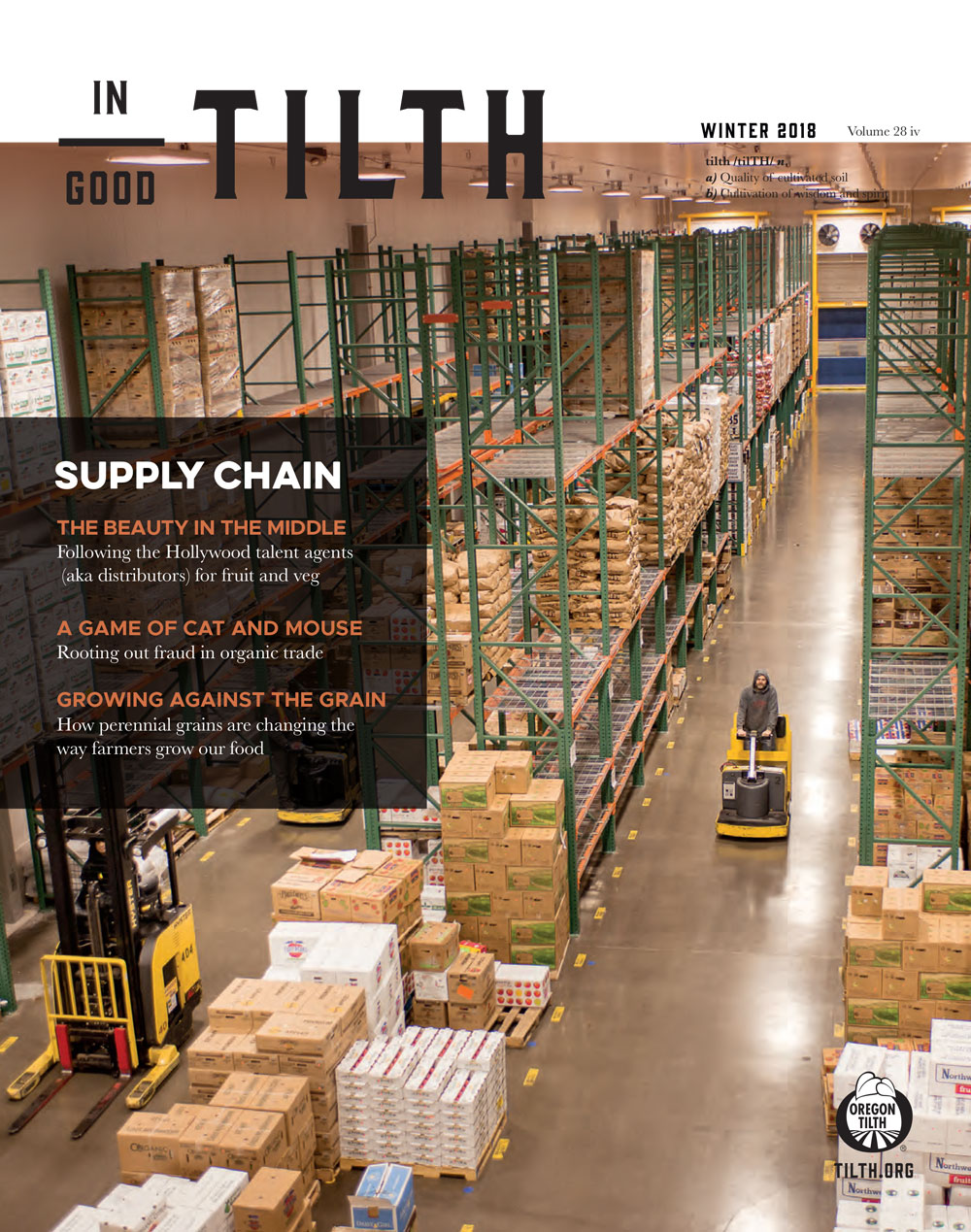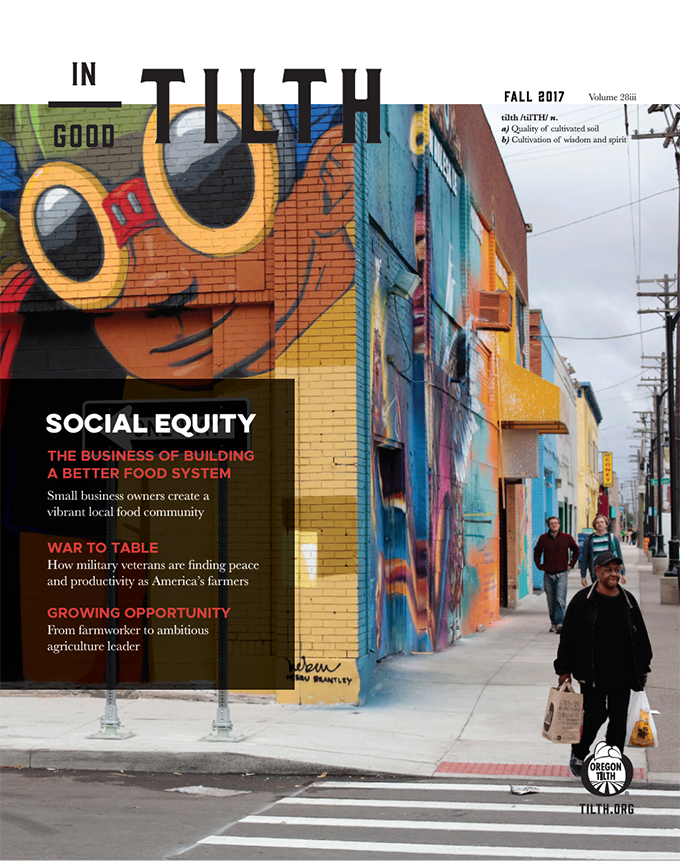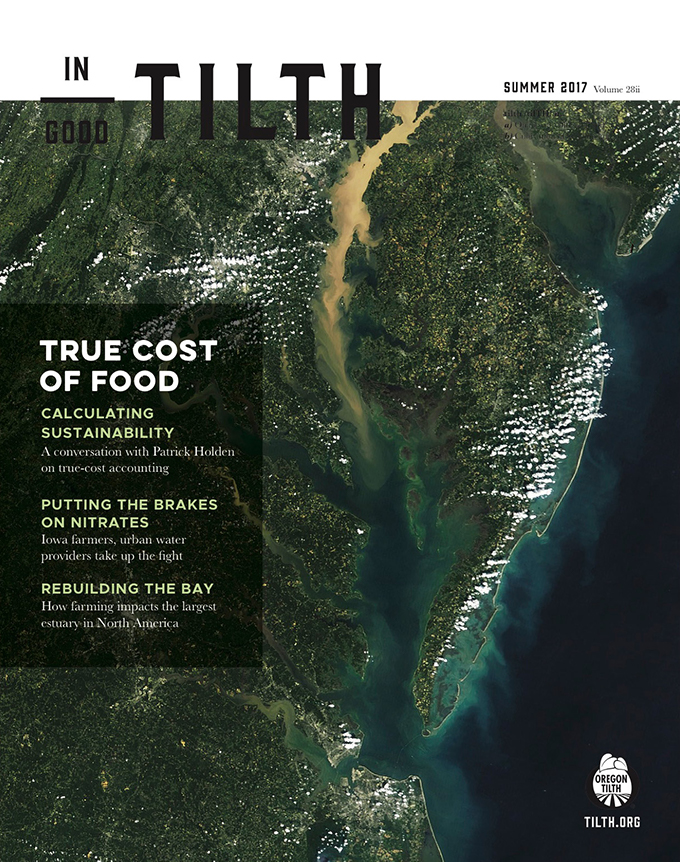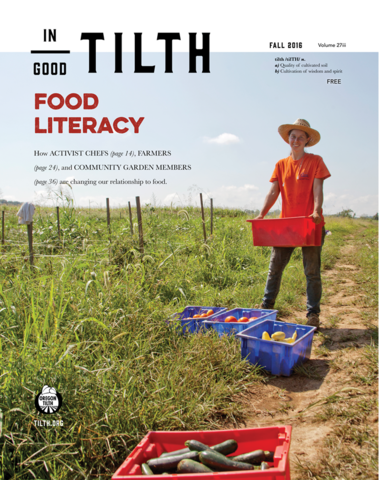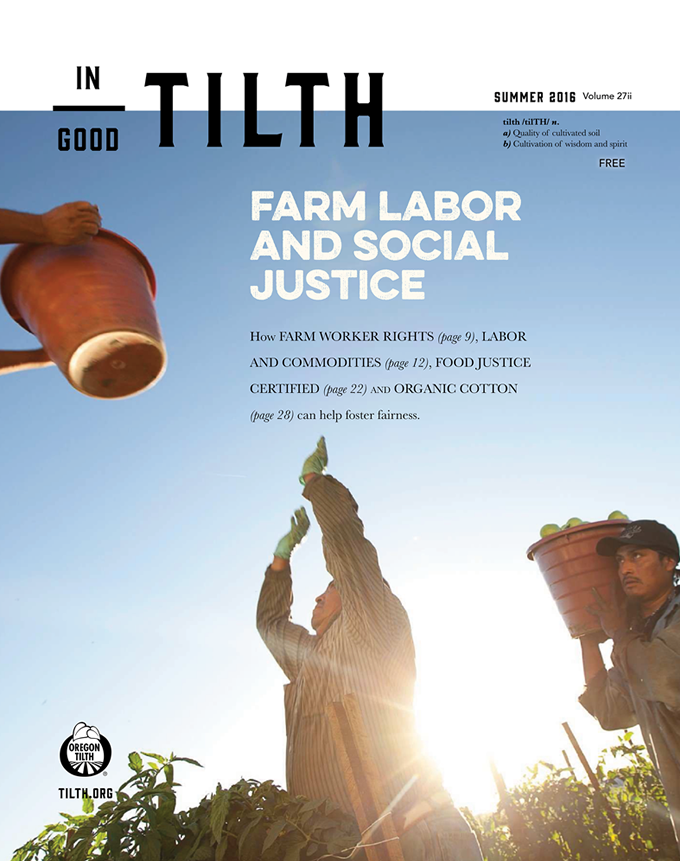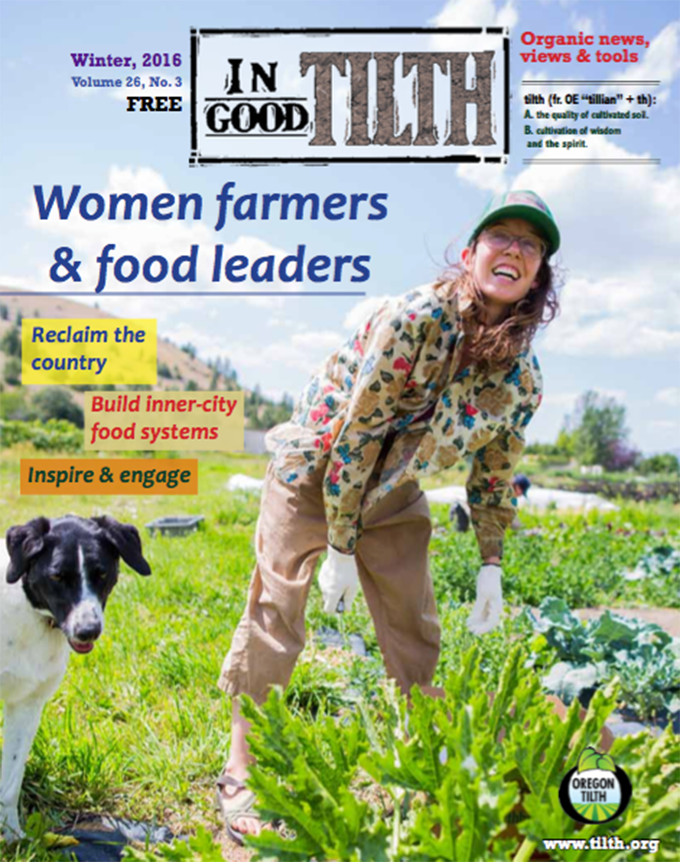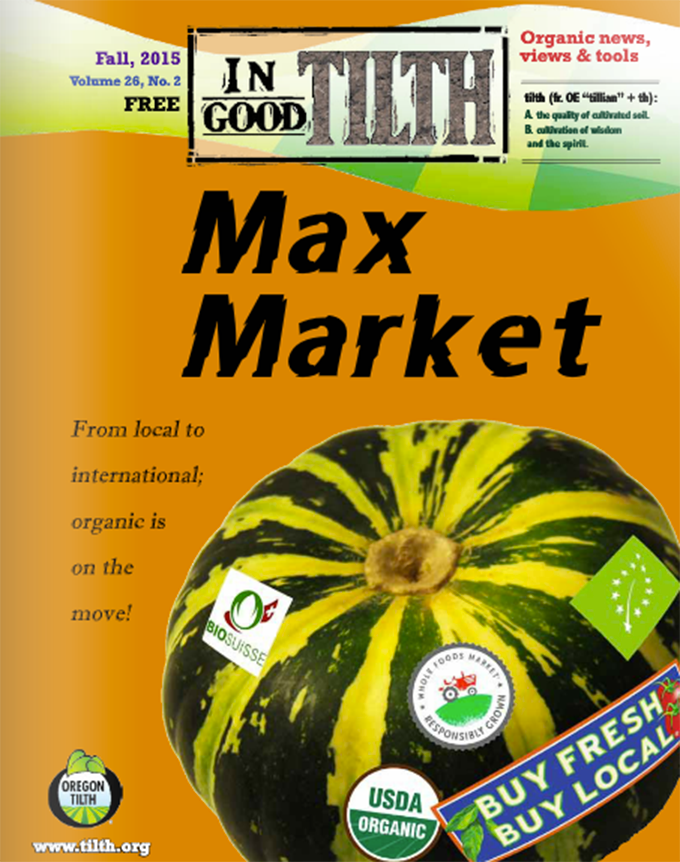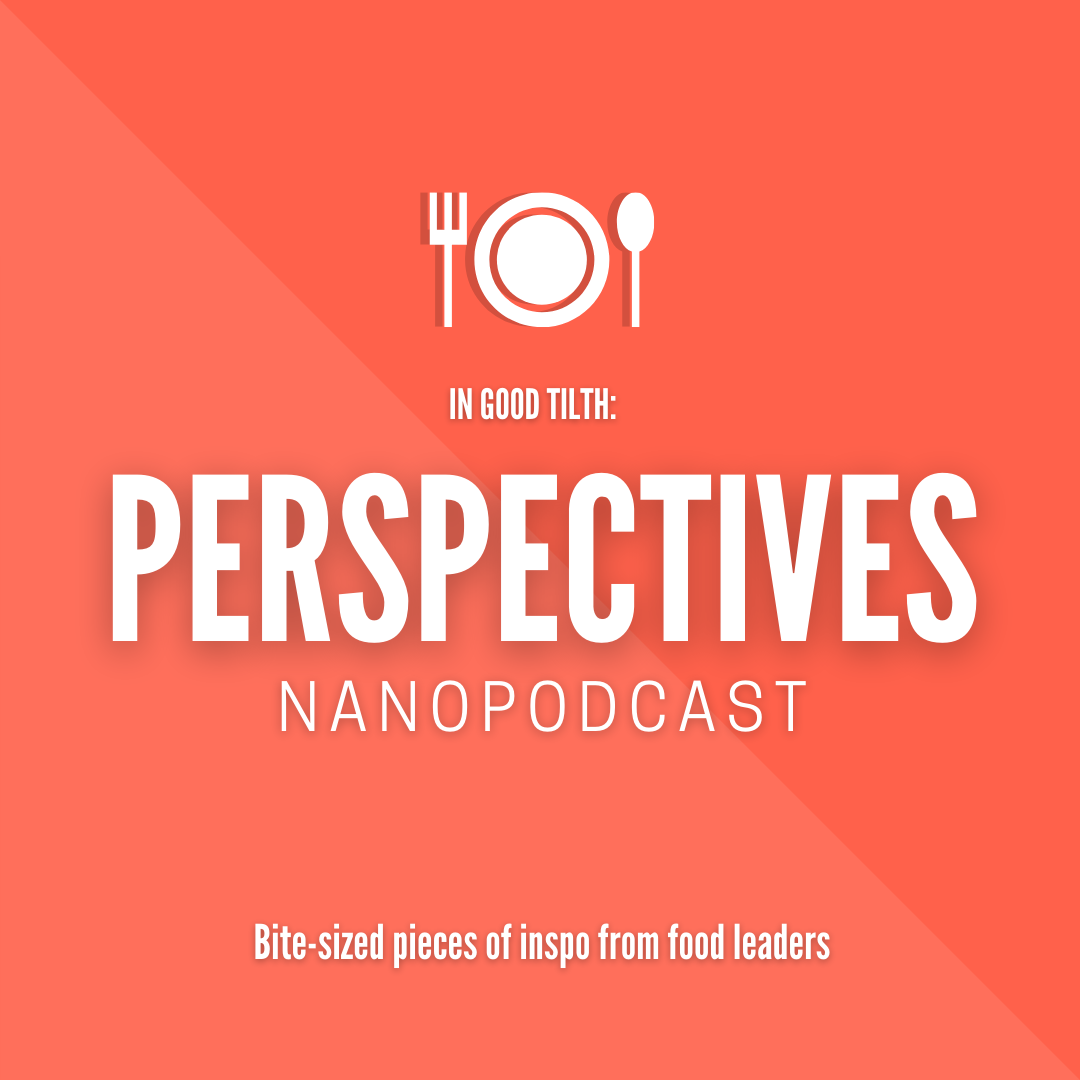Local food-distribution networks across the country have emerged as key hubs in our vast and complicated food system. Restaurants and individual consumers have embraced direct-from-farm buying, and hospitals, prisons and schools are catching up.
Organizations such as National Farm to School Network and Farm to Institution advocate for policies allowing local food sourcing to take root. Some hospitals, such as Portland’s Oregon Health and Science University, understand that healthy patients start with healthy, local, scratch-prepared food. The obstacles can be large, but the rewards can be real on both sides of the table when it comes to institutional buyers sourcing local food.
“We help accelerate institutional buying by providing resources, and make it easier for these types of programs to happen,” says Stacey Malstrom, communications director for the National Farm-to-School Network. “We provide the backbone that the movement needs to progress.”
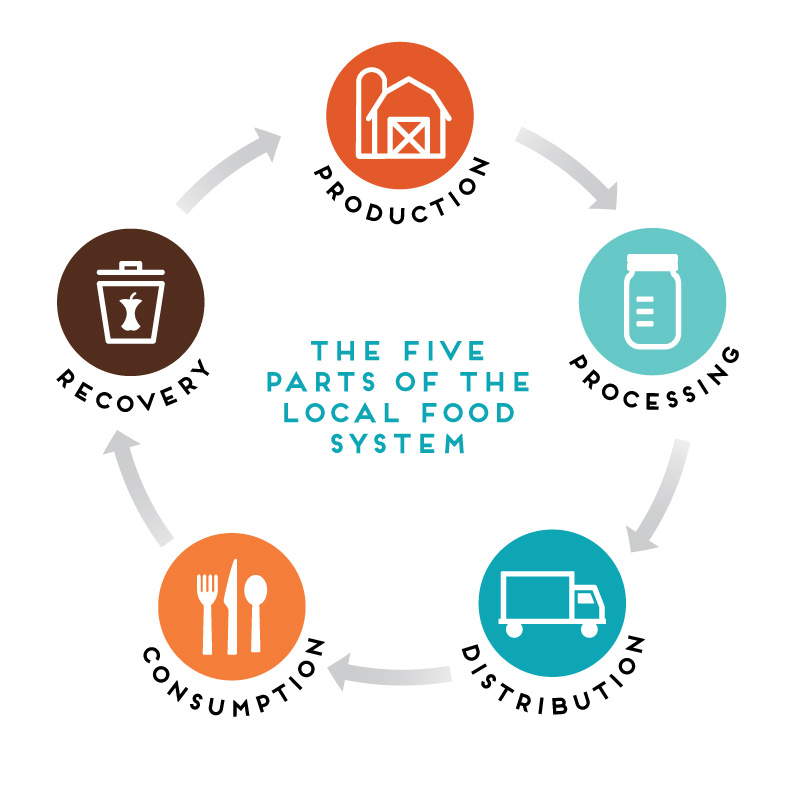
The Network offers support around the country with a focus in three states. Pennsylvania, Louisiana and Kentucky receive a larger slice of the pie thanks to the lopsided ratio of money spent on school lunches versus local expenditures. Early results for 2015, aggregated on the network’s USDA census page—which farmers can use to see what their own communities are doing—show that 42,173 schools nationally are welcoming locally farmed food, with $598 million spent in local communities, an increase of $212 million over the previous reporting period.
Institutional challenges and benefits
Schools have set menus and often seek specific items. “You have sweet potatoes on the menu,” Malstrom comments. “Are those local? That would be a really easy item to switch. Or perhaps, broccoli florets.”
Who’s going to chop it, though? Institutions require that food be delivered and may also expect it to be washed, cut and packaged. Many schools no longer have kitchens or even knives. Institutions may have limited storage capacity, making large quantities or highly perishable crops difficult to manage.
The price point for institutional buyers is often significantly lower than direct marketing or retail, but moving food by the case rather than pint basket could pencil out in the farmer’s favor. Some unique opportunities are available specifically for schools, allowing farmers to market crops they wouldn’t otherwise be able to sell. “For example small apples are perfect for small hands and mouths, and farmers can get good prices for these products,” Malstrom notes.
Institutions can be a great outlet for surplus crops, and are reliable customers. “They make contracts before the growing season begins and those plans don’t fluctuate like other markets,” Malstrom says.
Kaitlin Haskins, communications coordinator for Farm-to-Institution New England, helps provide a network of resources and services, primarily for schools, colleges and universities, and hospitals.
About four million people eat at institutions in New England, and more than $78 million dollars are spent on local food in Maine, New Hampshire, Vermont, Massachusetts, Connecticut and Rhode Island by institutions each year, according to Farm-to-Institution’s New England’s metric dashboard. “Out of the institutions we surveyed, about 16 percent of their food budget is spent on local food on average,” Haskins says.
According to USDA data for 2014, 79 percent of schools in New England have farm-to-school programs. Out of 105 surveyed colleges and universities in New England, Haskins reports that “most if not all” purchased local food products such as carrots and milk.
“There are a lot of benefits and challenges as well,” Haskins explains that from a farmer’s perspective, “the benefits are that you have a secure market for your food. If you work directly with institutions, buying agreements allow you to plan your season and know where crops will be going.”
Fresh food demands more effort. It may mean working with several different delivery schedules and ordering from multiple places rather than from one distributor. Timing the orders with harvests may be difficult.
A local cherry tomato may taste a lot better than the Sysco tomato, but it scarcely matters if the schools can’t afford to order it. “Budget can absolutely be a challenge,” says Malstrom. “Oftentimes, local food is more expensive to purchase.”
Sometimes the questions from institutions start at the ground level: How do we find a farmer? “Sometimes the challenge is that basic,” Malstrom says. “They have these systems, and when you’re asking them to go outside of that, they don’t even know where to start.”
The answer could be as simple as going to the farmers’ market and asking farmers to consider selling to an institution. Farmers in turn, must be accessible and approachable. “We tell people, meet farmers, however you meet them,” Malstrom says. “Ask them what they are growing and if they would like to provide one ingredient during one month in the school year and try it. That’s usually how it starts—one taste test or one ingredient.”
From a marketing standpoint, institutions can promote the relationships they build with farmers, which can provide a major PR boost for both parties. “Farmers are promoted in the cafeteria, in parent newsletters, on school websites and social media,” says Malstrom. “It’s a great way for them to share their story with the community. Sometimes schools will promote open farm days or festivals and events at the farm to the school community, driving more awareness and promotion of the farm.”
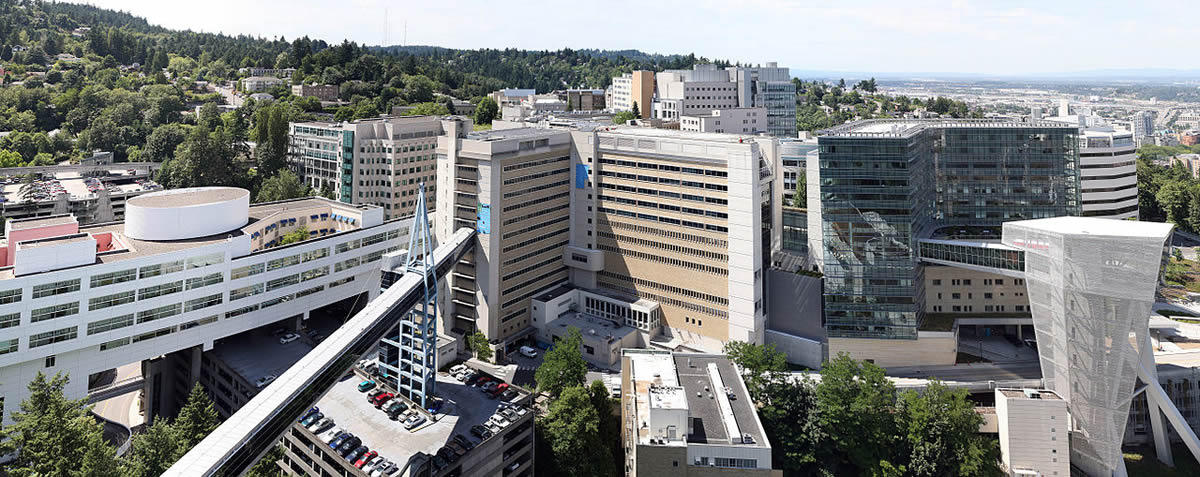
Healing partners
Oregon Health and Science University in Portland, Oregon has found a way to make it work. Executive Chef Fernando Divina has overseen all hospital kitchens since November 2012. OHSU had already implemented a farm-to-hospital direct purchasing program by the time Divina took the position, but he has expanded upon it. “We’re targeting for growth each year,” he says. “From a health standpoint as a hospital, we are interested in providing healthful foods as part of our mission, within, by our estimation, the least carbon footprint. We have to get creative in how we can fulfill our sustainability mission and still feed the patients.”
Divina designs the menus for 10 properties—staff and guest cafeterias, coffee shops and cafes—around availability. “That’s key,” he says, “and we work closely with our suppliers and our growers to coordinate our usage based on their harvest and also to give them volume estimations so they can plan their crops for ensuing years.”
OHSU typically does not contract, although they are willing to. The hospital works through the Northwest Beverage and Food Buyers Alliance to help them mitigate issues that arise, particularly disruptions in supply. “In our segments of the industry we need lots of volume and generally speaking it’s too much for small producers but not enough for big suppliers, so we’re in that alliance trying to address the key issues,” he says.
Divina is challenged when he can’t get the ingredients he’s counting on. He recently learned that the availability of chicken and turkeys would be disrupted, and his pork source was disappearing completely. “Then we’re left scrambling to figure out what we’re going to do,” he says. “That need necessitates diversity, which tends to get in the way of the development of a more permanent source. The challenge is getting committed producers consistently, or a mechanism to allow that to happen.”
OHSU spent $8,586,087 on its total food budget in 2014, with 12.81 percent on total sustainable purchases and 29.67 percent on sustainable meat, dairy and produce. “Our goal is to get it into the higher end, to 50 percent, if we can balance the budget,” Divina says. “We’re under pressure to cut costs about 10 percent over three years.”
Despite the successes at OHSU, Divina’s program isn’t where he wants it to be. “I’d like to be at 100 percent,” he says. “I think everyone has an obligation to do what they can to eat locally. If you consider the state of our planet I can’t see anyone rationalizing why they wouldn’t do that.”
Get a foothold
Farmers who wish to have an impact in their community but can’t get traction with institutions might find inspiration in the book The Food Activist Handbook: Big & Small Things You Can Do to Help Provide Fresh, Healthy Food for Your Community by Vermont-based author Ali Berlow. “I try to present a 360-degree approach to how anybody can interact with their food system,” Berlow says. “I evoke the arts, politics, community centers, places of worship, schools. Wherever you are, wherever food and community intersect, there is an opportunity to create the access to fresh healthy food in a better way.”

Berlow, 51, is the former founding director of Island Grown Initiative, a nonprofit that encourages a resilient local-food system on Martha’s Vineyard. About 12 years ago, Berlow was writing essays about food for her local National Public Radio station and at the same time became inspired by Michael Pollan’s bestselling book The Omnivore’s Dilemma. Wanting to be more active in local food but not knowing how, she organized a potluck of about 30 local people involved in food to talk about it.
“We had a coffee roaster, cookbook author, gardeners, fishermen, a food pantry person, farmers.” she recalls. “We wanted to know, what can we do?” Their first task was to create a map showing all of the farms and farmers markets in the area. Another person started a Slow Food chapter. “It was about actionable items that we can do to affect change,” she says. “From my experience the map really helped me learn a sense of place.”
Berlow’s first book, in 2013, Mobile Poultry Processing, was also an outgrowth of Island Grown Initiative. It describes how communities without access to a slaughterhouse can create a mobile slaughtering and processing unit for any type of poultry.
“That changed everything,” she says. “Before that there were really no broiler chickens in our community. After about three years, there’s an estimated 10,000 birds that are being humanely slaughtered on farmers’ properties within the regulatory system that are available for sale through grocery stores, farmers markets and even schools.”
Building a slaughterhouse is not something Berlow saw herself doing, but it’s a lesson she presents in the new book. “Whatever your skill set is, whether you’re an artist or a lawyer or a communicator or a teacher, there are things that you can do to affect positive change in your food community,” she says.


